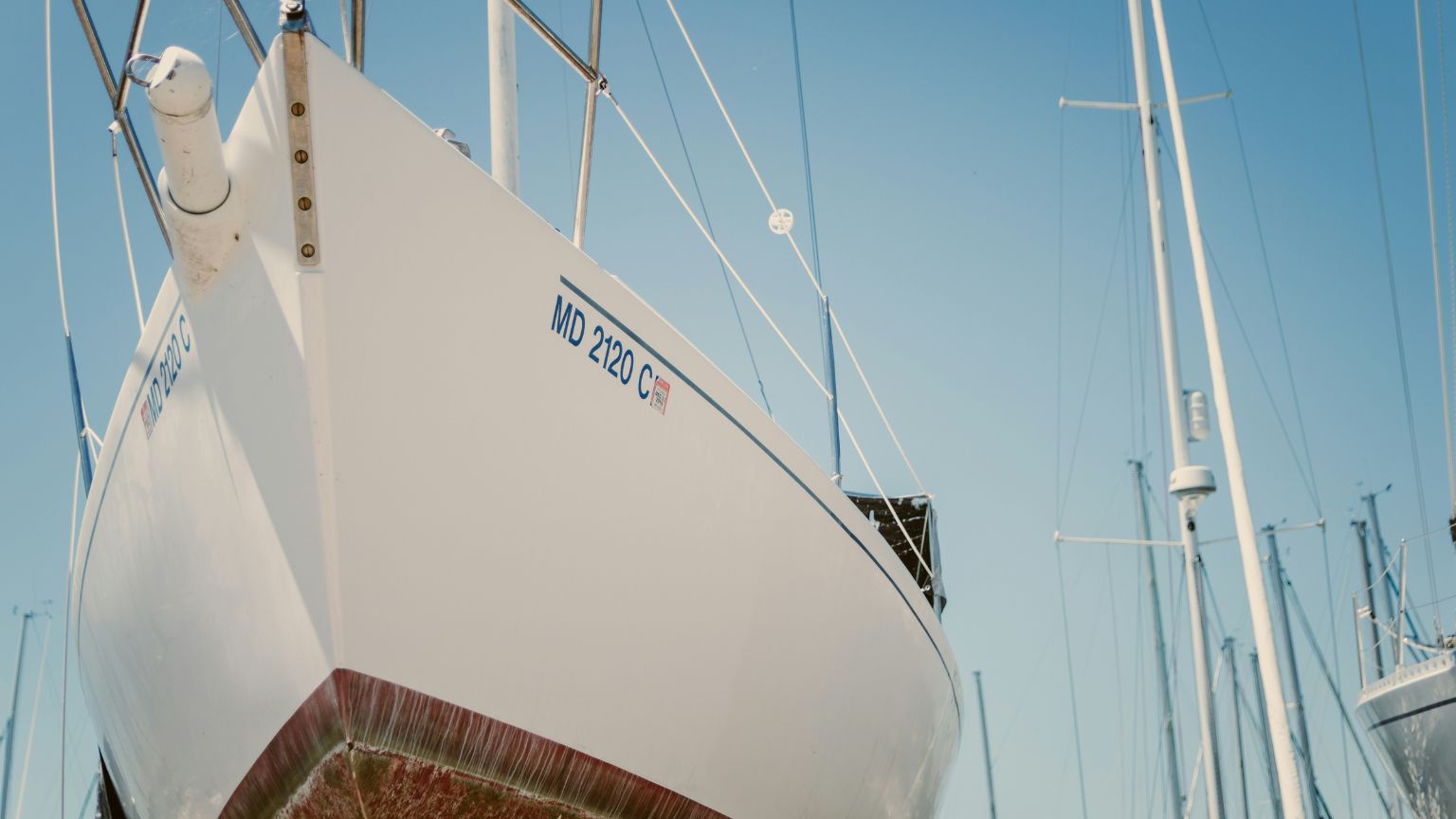There comes a time in every sailor’s life when they start eyeing used sailboats like a kid in a candy store. Maybe you’ve been dreaming of long ocean passages, peaceful sunset sails, or just a weekend getaway vessel that won’t break the bank.
Whatever the reason, buying a used sailboat is an exciting (and slightly terrifying) adventure. To make sure you don’t end up with a boat that’s more trouble than treasure, here are the essential questions you should ask before sealing the deal.
Essential Questions to Ask When Buying a Used Sailboat
What’s the Boat’s Story?
Every boat has a history, and like any good storyteller, a seller should be able to recount it with some level of detail. How many owners has it had? Has it been well-loved or sorely neglected? Was it ever abandoned in a boatyard for years, gathering barnacles and regret? A sketchy history could mean costly repairs in your future.
Why Are You Selling It?
This is the nautical equivalent of asking someone why they’re moving out of an apartment. If the answer is “We’ve upgraded to a bigger boat,” that’s one thing. If it’s “We discovered the hull is slowly disintegrating,” that’s another. Pay attention to how forthcoming (or evasive) the seller is.
What Condition Are the Sails In?
Sails are the heart and soul of a sailboat, and replacing them can be a significant expense. Ask how old they are, whether they’ve been regularly maintained, and if they have any patches, tears, or suspiciously crisp spots that might indicate UV damage. If they look like they’ve survived a hurricane or two, budget for replacements.
Tip: If possible, hoist the sails and inspect them under tension. This can reveal weaknesses that aren’t visible when they’re folded up.
How’s the Rigging Holding Up?
Standing and running rigging (the wires and ropes that support and control the sails) should be inspected carefully. A boat with original 20-year-old rigging is just waiting to drop a mast on your dreams. Check for fraying, corrosion, and any signs that the rigging has been subjected to improper tension.
Tip: If the rigging is older than ten years and hasn’t been replaced, assume you’ll need to do it soon.
What’s the State of the Hull?
The hull is the backbone of the boat, and any significant damage here can turn your purchase into a very expensive mistake. Ask about past repairs, blistering, and potential soft spots. Tap around with a mallet or your knuckles—if parts sound hollow or suspiciously soft, you may have rot or delamination lurking beneath the surface.
Tip: A marine surveyor can use a moisture meter to detect hidden water intrusion, which is often the root of hull problems.
How’s the Engine?
Even the most dedicated purist occasionally relies on an engine, and a bad one can lead to headaches and expensive rebuilds. When was the last service? How many hours does it have? Does it start smoothly, or does it belch smoke like a disgruntled dragon? A thorough mechanical inspection is a must before you commit.
Tip: Run the engine for at least 15-20 minutes to see if it overheats or stalls.
What’s Included in the Sale?
Sometimes a seller throws in a dinghy, life jackets, or even extra sails. Other times, they strip the boat down to its bare bones before you even step aboard. Clarify what’s included and what’s “negotiable” so you don’t end up with a boat that’s missing essential gear.
Tip: Make a checklist of necessary equipment, including safety gear, and compare it to what’s offered.
Are There Any Leaks?
A leaky boat is a miserable boat. Ask if the cabin stays dry after a rainstorm and inspect the hatches, portholes, and deck fittings for water damage or mold. If the seller insists it’s “just a little drip,” be skeptical—boats don’t get less leaky with time.
Tip: Check for signs of water damage like mildew smells, stained headliners, or soft wood around fittings.
Has the Boat Ever Been in an Accident or Severe Weather?
A boat that has survived a storm or collision may have hidden structural damage. If it’s been through a hurricane, you’ll want to know how it was repaired and whether it was done professionally or with a roll of duct tape and wishful thinking.
Tip: Look for inconsistencies in the fiberglass, unusual patches, or mismatched paint that could indicate repairs.
What Will It Cost to Get This Boat Ready to Sail?
The sticker price is just the beginning. If the boat needs new sails, rigging, or engine work, you could be looking at a serious investment before it’s seaworthy. Make a list of potential expenses and see if the “good deal” is really a good deal.
Tip: Get quotes for major repairs before purchasing so you can factor them into your budget.
Final Thoughts: Look Beyond the Romance
It’s easy to fall in love with a boat at first sight—the way it looks at anchor, the gleam of its woodwork, the dreams it whispers in your ear. But love alone won’t keep it afloat. Ask the right questions, get a thorough survey, and don’t let emotions override common sense.
A good used sailboat can be your ticket to adventure. A bad one? Well, that’s just an expensive lesson in what not to do. Choose wisely, and may fair winds be with you!




